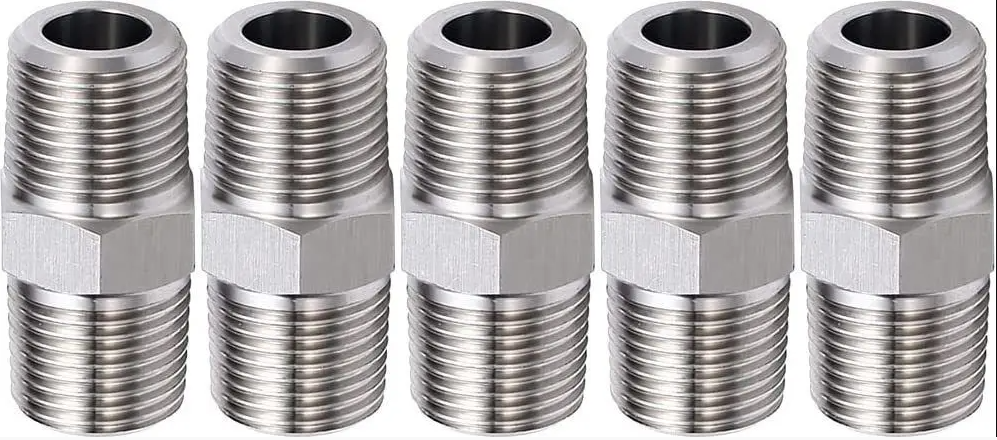
-
 Afrikaans
Afrikaans -
 Albanian
Albanian -
 Amharic
Amharic -
 Arabic
Arabic -
 Armenian
Armenian -
 Azerbaijani
Azerbaijani -
 Basque
Basque -
 Belarusian
Belarusian -
 Bengali
Bengali -
 Bosnian
Bosnian -
 Bulgarian
Bulgarian -
 Catalan
Catalan -
 Cebuano
Cebuano -
 Corsican
Corsican -
 Croatian
Croatian -
 Czech
Czech -
 Danish
Danish -
 Dutch
Dutch -
 English
English -
 Esperanto
Esperanto -
 Estonian
Estonian -
 Finnish
Finnish -
 French
French -
 Frisian
Frisian -
 Galician
Galician -
 Georgian
Georgian -
 German
German -
 Greek
Greek -
 Gujarati
Gujarati -
 Haitian Creole
Haitian Creole -
 hausa
hausa -
 hawaiian
hawaiian -
 Hebrew
Hebrew -
 Hindi
Hindi -
 Miao
Miao -
 Hungarian
Hungarian -
 Icelandic
Icelandic -
 igbo
igbo -
 Indonesian
Indonesian -
 irish
irish -
 Italian
Italian -
 Japanese
Japanese -
 Javanese
Javanese -
 Kannada
Kannada -
 kazakh
kazakh -
 Khmer
Khmer -
 Rwandese
Rwandese -
 Korean
Korean -
 Kurdish
Kurdish -
 Kyrgyz
Kyrgyz -
 Lao
Lao -
 Latin
Latin -
 Latvian
Latvian -
 Lithuanian
Lithuanian -
 Luxembourgish
Luxembourgish -
 Macedonian
Macedonian -
 Malgashi
Malgashi -
 Malay
Malay -
 Malayalam
Malayalam -
 Maltese
Maltese -
 Maori
Maori -
 Marathi
Marathi -
 Mongolian
Mongolian -
 Myanmar
Myanmar -
 Nepali
Nepali -
 Norwegian
Norwegian -
 Norwegian
Norwegian -
 Occitan
Occitan -
 Pashto
Pashto -
 Persian
Persian -
 Polish
Polish -
 Portuguese
Portuguese -
 Punjabi
Punjabi -
 Romanian
Romanian -
 Russian
Russian -
 Samoan
Samoan -
 Scottish Gaelic
Scottish Gaelic -
 Serbian
Serbian -
 Sesotho
Sesotho -
 Shona
Shona -
 Sindhi
Sindhi -
 Sinhala
Sinhala -
 Slovak
Slovak -
 Slovenian
Slovenian -
 Somali
Somali -
 Spanish
Spanish -
 Sundanese
Sundanese -
 Swahili
Swahili -
 Swedish
Swedish -
 Tagalog
Tagalog -
 Tajik
Tajik -
 Tamil
Tamil -
 Tatar
Tatar -
 Telugu
Telugu -
 Thai
Thai -
 Turkish
Turkish -
 Turkmen
Turkmen -
 Ukrainian
Ukrainian -
 Urdu
Urdu -
 Uighur
Uighur -
 Uzbek
Uzbek -
 Vietnamese
Vietnamese -
 Welsh
Welsh -
 Bantu
Bantu -
 Yiddish
Yiddish -
 Yoruba
Yoruba -
 Zulu
Zulu
Optimizing Thread Rolling Machine Setup for Enhanced Efficiency in Manufacturing Facilities
Optimizing Thread Rolling Machine Setup in Manufacturing
In today’s competitive manufacturing landscape, efficiency and precision are paramount, especially in the production of threaded components, which are crucial in a variety of applications, from automotive to aerospace. At the heart of this process is the thread rolling machine, a specialized piece of equipment designed to create strong and precise threads on metal parts. The setup of these machines is a critical step that can significantly impact productivity, quality, and ultimately, the bottom line of the manufacturing facility.
Understanding Thread Rolling Machines
Thread rolling is a cold forming process that involves deforming material to create threads. This method is favored over traditional machining due to its ability to produce stronger threads with improved dimensional accuracy and surface finish. Thread rolling machines come in various configurations, including flat die, cylindrical, and planetary rollers, each suited for different production requirements. Understanding the mechanics and capabilities of these machines is essential for effective setup.
Key Considerations for Machine Setup
1. Material Selection The type of material being threaded plays a crucial role in the setup process. Various metals, such as steel, aluminum, and exotic alloys, each have unique properties that affect the thread rolling process. For instance, softer materials may require different pressure settings compared to harder materials. Understanding these properties ensures that operators can adjust the machine settings accordingly to achieve the best results.
2. Tooling and Die Preparation The selection and maintenance of rolling dies are vital for achieving precision. Dies should be selected based on the required thread profile, diameter, and pitch. Regular inspection and maintenance of the dies ensure longevity and reduce the chance of defects. Any wear or damage should be addressed promptly to maintain quality.
thread rolling machine setup factories

3. Machine Calibration Calibration refers to the process of adjusting the machine settings to align with the specific requirements of the production run. This includes setting the correct feed rates, rolling speeds, and pressure levels. Accurate calibration minimizes waste and enhances the quality of the threaded components. Operators should regularly review and adjust calibration as necessary, especially when switching between different materials or thread specifications.
4. Operator Training Skilled operators play a crucial role in the efficiency of thread rolling processes. Comprehensive training programs should be established to enhance the operators’ understanding of the machinery, tooling, and the intricacies of the thread rolling process. Continued education and training on best practices can lead to improved productivity and reduced error rates.
Streamlining the Setup Process
To maximize efficiency, manufacturers should adopt techniques and tools that streamline the setup process. One effective approach is to implement standardized setup procedures. By creating a checklist of steps that operators can follow, setup time can be significantly reduced. This includes documenting the ideal settings for different materials and thread specifications, allowing operators to access crucial information quickly.
Additionally, investing in technological advancements, such as digital monitoring systems, can enhance the setup and production process. These systems allow for real-time monitoring of machine performance and can alert operators to potential issues before they escalate into significant problems.
Conclusion
The setup of thread rolling machines in manufacturing is a critical component that directly influences product quality and operational efficiency. By understanding the nuances of machine operation, selecting the appropriate materials and tooling, and ensuring that operators are well-trained, manufacturers can optimize their thread rolling processes. The adoption of standardized procedures and technological innovations further enhances these efforts. In a market where precision and reliability are paramount, investing in the proper setup process not only streamlines production but also positions manufacturers for long-term success. As industries continue to evolve, maintaining a focus on the intricacies of thread rolling machine setup will undoubtedly remain a key factor in driving productivity and competitiveness.
